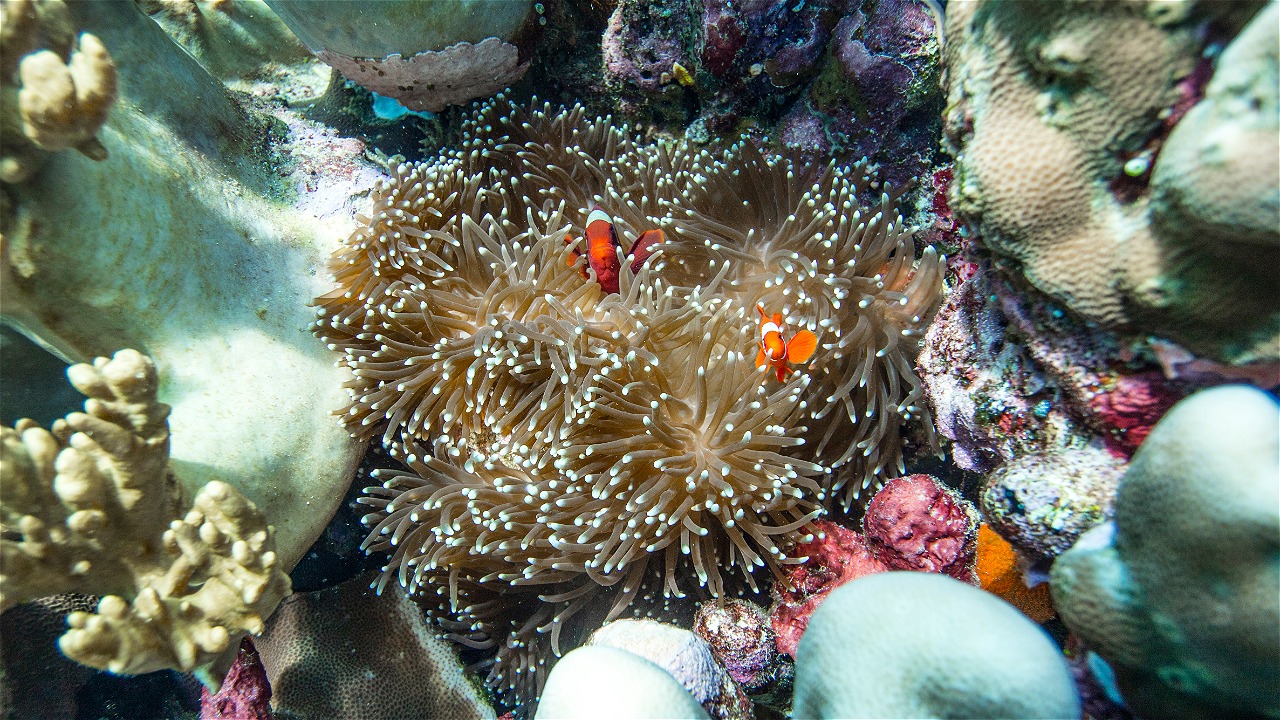LEARN TO RECOGNIZE THE NAMES OF FISH
By: Mayawati NH (MyTrip Magazine)
The first day of the #XPDCALORFLOTIM series, I was silently amazed. These researchers were so fluent in the names of the fish, in Latin too! I've been diving for 10 years, but can only say grouper, snapper, and trevally.
At most, I can only distinguish white tip, black tip, and nurse shark, and not in Latin. Now, they are fluent in distinguishing trevally (which I only know giant trevaly) into bigeye, golden, bluefin, and giant trevally in Latin, if you ask me again, I not able.
The workshop on the first day of the Coral Reef Expedition in Alor and East Flores Waters with WWF-Indonesia gave me many lessons, one of which was how to recognize fish down to their species. I failed well, still not memorized! Differentiating between ribbon and many spotted sweetlip fish was difficult.
To conduct monitoring and data collection in Marine Protected Areas (MPAs) and outside the area, expedition team members followed the protocol established by WWF-Indonesia. This method is called underwater visual census (UVC), which includes recording the discovery of 16 fish families that have economic value and affect the health of coral reefs. These include Serranidae (grouper) and Scaridae (parrot fish).
Well, some of the herbivorous fishes belonging to the 16 families eat algae that grow on the reef, which allows the larvae on the reef to move with the current and then settle in a suitable place to grow.
So if the presence of these fish is disturbed, the growth of coral reefs will also be disrupted. Therefore, it is important to monitor the presence of these fish. So explained the Expedition Team Leader of the WWF-Indonesia Marine Conservation Science Team, Christian Novia Handayani.
Then, what makes me curious is how did they memorize so many fish and their Latin names? From talking to some of the expedition members, Sila (Reef Check Indonesia), Kasman (Reef Check Indonesia), and Pak Izaak (East Nusa Tenggara Provincial Marine and Fisheries Office), they are mostly studying in the Marine Department, but their ability to recognize various types of fish comes from participation in diving clubs.
"Plus I have an interest in that, so I can do it quickly," explained Mr. Izaak. "It took me about three years to master it," Sila continued.
With my diving friends, every time we meet a fish with a unique shape or curiosity, we feel the need to open a reef fish book. Even then, sometimes we still don't find it, and we end up arguing about what kind of fish it is. Even my friends, some of whom have reached instructor level, may not be able to memorize fish names like these guys. Salute!





